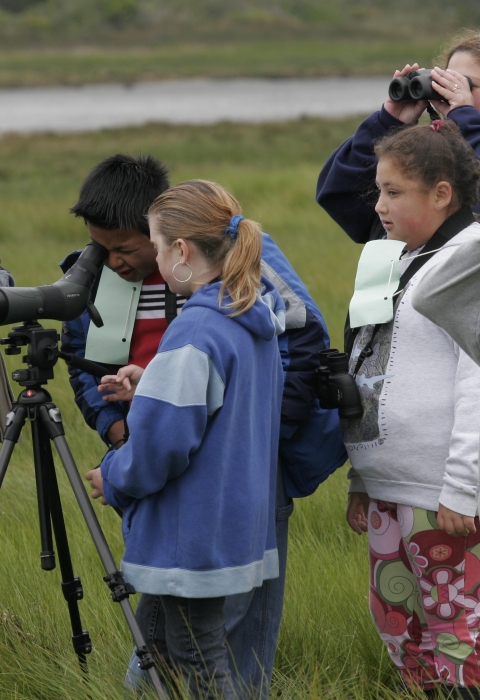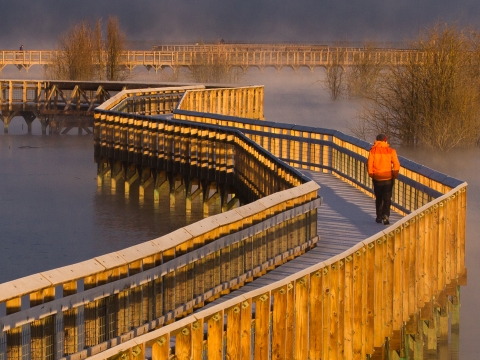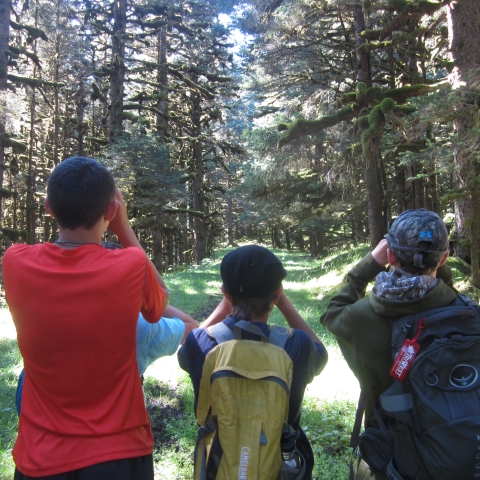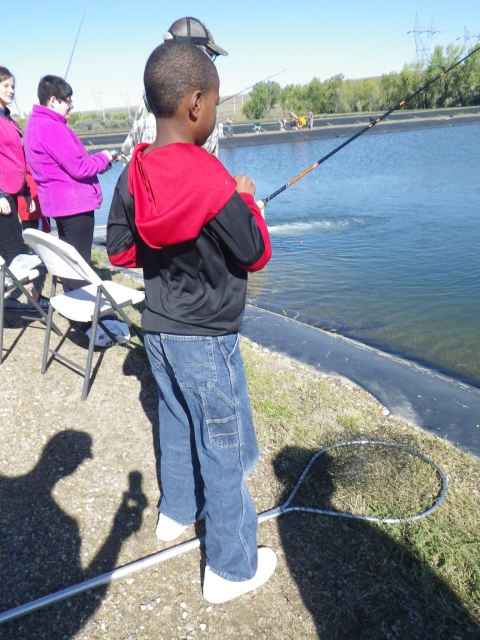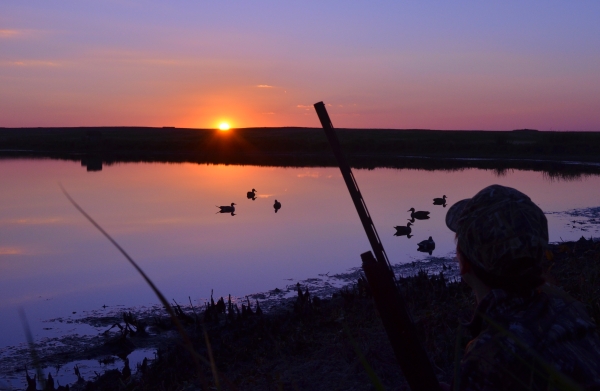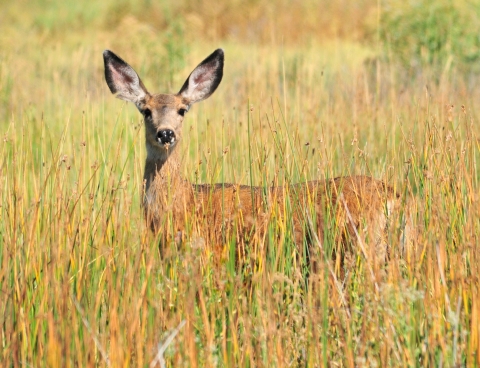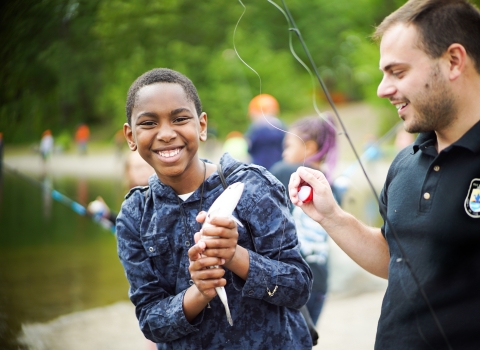
Many national wildlife refuges and national fish hatcheries offer a range of recreational and educational opportunities for visitors — tourists and locals alike.
Plan Your Visit
Best Time to Visit
Our sites span all 50 states and five territories. Some places offer things to see and do year-round. Others are season-specific. Time of year often will influence what you can see or do. Dawn and dusk generally are the best times of day to see wildlife.
Events
Wildlife refuges and fish hatcheries host numerous conservation-oriented programs, festivals and events throughout the year.
Fees
Most places are free. A handful charge a nominal entrance fee. Sometimes fees or permits are required for specific activities such as hunting, camping or fishing.
Recreate Responsibly
To help ensure that wildlife and people thrive, please recreate responsibly.
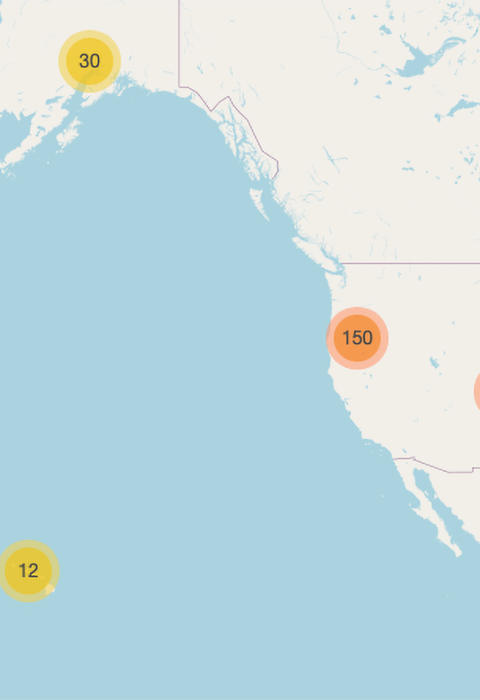
Ideas for Visitors

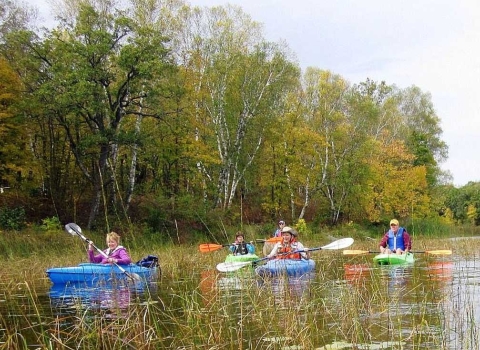
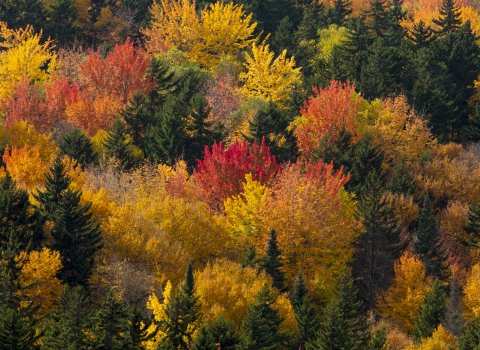
Visit a National Wildlife Refuge
Protected Lands and Waters
The Refuge System administers lands and waters across the U.S. and territories, including:
- 570 National Wildlife Refuges
- 38 Wetland Management Districts
- 5 Marine National Monuments
- 63 Refuges with Wilderness Areas
The Purpose of Refuges
Each refuge is established to serve a statutory purpose that targets the conservation of native species dependent on its land and waters.
Things to Do and See
Where consistent with their primary purpose, refuges also offer activities for people, such as:
- Hunting and fishing
- Birdwatching and wildlife photography
- Hiking and canoeing
- Scientific research
Outdoor Recreation Activities
Whether you are a novice or an expert, wildlife refuges and fish hatcheries offer many ways to connect with nature. Click on these icons to learn more.
Visit a National Fish Hatchery
National Fish Hatcheries and You
Whether you want to further conservation, learn more about nature, or share your love of the outdoors, you’ve come to the right place. National fish hatcheries provide many opportunities for you to help your community, fish, and wildlife by doing what you love.
The Purpose of Hatcheries
Seventy fish hatcheries across the nation work with states and Tribes to produce and distribute fish for recreational and conservation purposes and provide refuge for endangered species. The hatcheries also provide outdoor opportunities from fishing events and tours to numerous education activities.
Things to Do and See
Nearly one million people visit the National Fish Hatchery System every year for incredible opportunities to hike, bird, fish, visit an aquarium, and learn more about fish conservation.
- Take part in a fishing derby
- See a freshwater fish aquarium
- Explore a nature trail
Ways to Get Involved
Whether as a visitor to a refuge, a volunteer, a coworker, a formal partner, or more, there's plenty of ways we can work together to conserve and protect our natural resources. Here's just a few...
Learning Opportunities
We offer many types of learning opportunities including formal and informal training. Some of the education we offer includes job training, career enhancement training, education for environmental or technical professionals, and students.
Youth Programs
The U.S. Fish and Wildlife Service (USFWS) enjoys a proud history working with a range of youth organizations to help young people develop academic, leadership, and citizenship skills.
Partnerships
The Fish and Wildlife Service enters into agreements with a wide range of organizations at the national, regional and local levels.
Volunteering Opportunities
We have lots of ways to help out, for the short term or long, on the ground or in the office. We truly value our volunteer colleagues.
